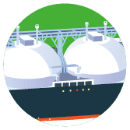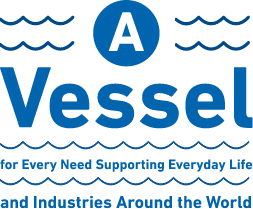
Tankers that transport liquefied natural gas are called LNG carriers.
These vessels boast a range of advanced, versatile technologies – tanks made of special material to keep the cargo at an ultra-low temperature,
emergency shut down devices to prevent incidents during cargo handling operations, and turbine engines that can run on vaporized gas.



Aiming for Stable Transport to Meet Expanding Demand for Clean Energy
Demand for liquefied natural gas (LNG) is rapidly increasing around the world, because it is a clean, environmentally friendly energy source that does not produce sulfur oxides (SOx) and emits 30% to 40% less nitrogen oxide (NOx) and carbon dioxide (CO2) than oil or coal.
Japan’s first LNG carrier, the Senshu Maru—jointly owned by three Japanese shipping companies and operated by MOL—entered service in 1984. Since then, we have accumulated a great deal of know-how and experience in LNG transport, and have achieved safe operations backed by our advanced transport technology and skilled personnel. We operate 97 LNG carriers, the world’s largest fleet (as of 2023), and started operation of an icebreaking LNG carrier in 2018. A pioneer in LNG transport, MOL remains on the cutting edge in the development and operation of LNG carriers.
-
![]() LNG Carrier
LNG Carrier -
LNG Carriers
The transport of natural gas started through overland pipelines, but LNG carriers made it possible to transport massive volumes via sea. LNG is the liquid form of natural gas at the cryogenic temperature of minus 161.5°C, which takes up about 1/600th the volume of natural gas in its gaseous state, allowing efficient transport by ships. Japan’s first LNG carrier, the Senshu Maru, which was launched for operation by MOL in 1984, had a cargo tank capacity of 125,562m3. Today’s mainstream vessels are in the 150,000–170,000m3 class.
Natural gas consists mainly of methane. When it burns, it emits no sulfur oxide (SOx) and less carbon dioxide (CO2) and nitrogen oxide (NOx) than crude oil or coal. Further, it gets cleaner when converted into LNG as hydrogen sulfide, carbon dioxide, water content, and so on are eliminated during the liquefaction process. In addition, as natural gas weighs less than air, it does not accumulate in low spots if it leaks and its spontaneous combustion temperature is relatively high, so that natural gas has earned high regard not only as a cleaner fuel, but also as a safer one.
LNG’s boiling point is extremely low—minus 161.5℃—so transporting it by sea requires advanced technologies such as tanks made of materials especially engineered to withstand ultra-low temperatures—ferronickel, stainless steel, and aluminum alloys—and the outer layers are covered by thick heat insulation. Cargo tanks are like giant thermos bottles; however, part of the cargo is affected by the outside temperature and naturally vaporizes during transport. Known as “boil-off gas,” this can be used as fuel for the vessel. LNG carriers are also equipped with sophisticated technologies such as emergency shutdown devices to ensure safe operation.
-
![]() Very large ethane carrier (VLEC)
Very large ethane carrier (VLEC) -
Ethane Carriers
Ethane is the second largest component of natural gas after methane. The calorific value by volume is about 1.75 times that of methane. Ethane is gaseous under atmospheric pressure and liquefies at about minus 90°C. It is used mainly as feedstock for ethylene, an important base chemical.
Shale gas extraction began to flourish in the U.S. early in the 21st century, leading to higher export volumes of ethane. Ethane, a by-product of gas extraction, has created huge opportunities for dedicated ethane carriers. In the past, mainstream ethane carriers were mid-sized vessels with capacities of 20,000–30,000m3, but in 2016, the world’s first very large ethane carrier (VLEC), with a capacity of 87,000m3, went into service.
Like LNG and/or LPG, Ethane is being liquefied for transportation and can be used as propulsion fuel.
Cargo containment system varies by vessel but in general is similar to the ones for LNG and/or LPG carriers.
3 Cargo Tank Types
-
![]() Moss-type LNG carrier
Moss-type LNG carrierThe spherical cargo tank is independent from the hull, and this unique configuration enables each tank to accommodate its internal pressure.
Compared to other types, this type has a smaller surface area for its tanks, contributing to the suppression of boil-off gas. Besides, quality control of the tanks is simpler due to fewer welding points. Additionally, in 2014, a new type of spherical tank called the “continuous tank cover type” (commonly known as the “Sayaendo” (= pea pod) was introduced.)![]()
-
![]() Membrane-type LNG carrier
Membrane-type LNG carrierCargo is maintained at lower temperature to absorb the expansion of the gas by using thin inside tanks and covering them with a wrinkled stainless steel “membrane.” It features high visibility toward the front of the vessel because of greater space efficiency in the cargo tanks and minimal protrusions on the deck. Some Ethane carriers adopt this cargo tank type.
![]()
-
![]() Self-supporting Prismatic shape IMO type B (SPB) LNG carrier
Self-supporting Prismatic shape IMO type B (SPB) LNG carrierThis self-supporting prismatic shape tank uses aluminum alloy or stainless steel, with heat insulation on the exterior. This type of tank has the advantage of allowing for broader use on deck because it is more easily fitted on the hull in comparison with spherical cargo tanks and has no protruding structures on deck.
![]()




















